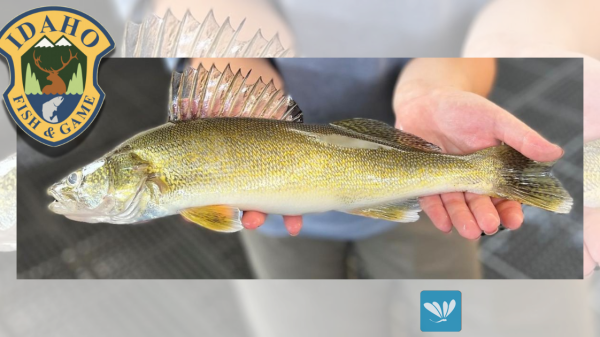(The Center Square) – Amanda Betts, public information officer with the Washington State Department of Agriculture, is holding out hope that what she’s not seeing is indicative of what’s happening in the state regarding the northern giant hornet.
“We had zero finds last year, but that doesn’t mean we’ve completely gotten rid of them,” Betts told The Center Square about the invasive insect – previously known as the Asian giant hornet or “murder hornet” – that was first detected in the Pacific Northwest in late 2019. “The regulatory definition of eradication would be zero finds for three years. We had zero finds last year, but that doesn’t mean we’re completely in the clear.”
Vespa mandarinia is the largest hornet in the world, with a 2-inch long body, a 3-inch wingspan, and a quarter-inch stinger capable of punching through normal clothing and even beekeeper suits.
Even more worrisome to state officials is the threat the insect poses should it gain a foothold in Washington, given the hornet’s propensity for killing honeybees that pollinate many crops in the state’s multi-billion agriculture industry.
Northern giant hornet season in the Pacific Northwest typically runs from July through November, so Betts said her department is keeping an eye out for the hefty hornet.
“It’s probably too soon to know,” she said about expectations of whether or not the hornet will turn up again. “We are actively looking for them and trapping, along with setting up programs to keep watch. In the region where we’ve previously found them we’re asking residents to keep watch and see what kind of activity goes on. But really, we won’t see many this early in the year, maybe some queens that have made it over the winter.”
By the end of 2021, the Department of Agriculture had located and eradicated four northern giant hornet nests in Whatcom County near the Canadian border.
The Department of Agriculture is enlisting the public’s help in tracking the hornet, urging people to report any sightings of the insect or evidence of a hive attack. There are several ways to report suspected sightings, including a Hornet Watch Report Form, emailing [email protected], or calling 1-800-443-6684.
Betts circled back to stressing the potential danger honeybees in the Evergreen State face from the menacing hornet.
“The reason we do everything that we do is this insect poses a risk to the culture,” Betts said. “The Northern giant hornet gets its ‘murder hornet’ name because of how quickly it can decimate a bee hive.”
According to the U.S. Department of Agriculture, up to 50 hornets can attack and eliminate an entire honeybee colony in less than two hours. The hornets harvest the honeybee eggs, larvae and pupa to feed their young and will defend the bee hive as if it were their own nest.
Unless provoked, northern giant hornets rarely attack people. The insect, however, delivers a powerful sting, which can cripple or even kill a human being if stung repeatedly. The hornet is responsible for as many as 50 deaths a year in Japan.
It’s not known how the pest was introduced to the Pacific Northwest, although it’s suspected cargo ships inadvertently brought the insect to the region.

















